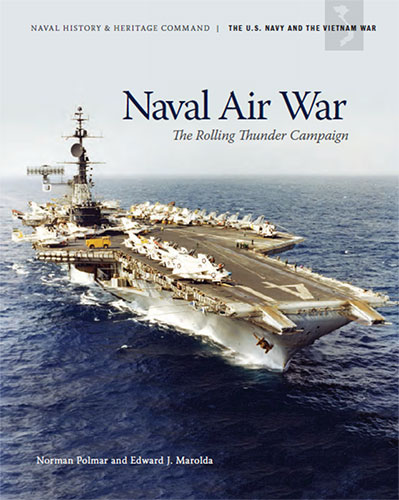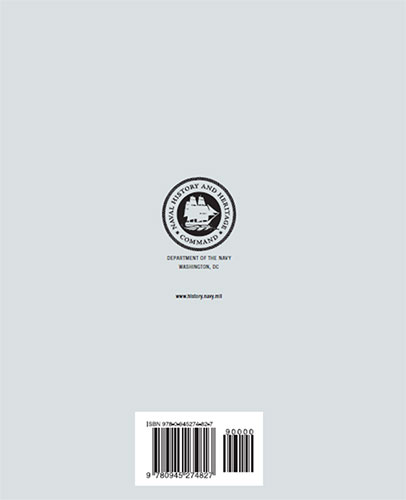Naval Air War. The Rolling Thunder Campaign/Морская воздушная война. Кампания "Раскаты грома"
Издание на английском языке
The U.S. Navy and Marine Corps strongly influenced the conduct and outcome of the Vietnam War. Naval aviation-Navy and Marine Corps-figured prominently in air operations against the Democratic Republic of Vietnam (North Vietnam) and Communist forces in Laos, and in support of U.S. and allied troops fighting in the Republic of Vietnam (South Vietnam).
Operation Rolling Thunder would become one of the longest sustained aerial bombing campaigns in history. And it would be a failure. Those responsible for that failure included President Johnson, Secretary of Defense Robert S. McNamara, the Washington-based national security/intelligence establishment, and the senior U.S. military commanders in Asia.
Contents
Introduction
The Start of an Air Campaign
Way Down South on Dixie Station
Rescuing Downed Aviators
Countering the SAMs
The Bombing Campaign Heats Up
The POL Strikes
Air War at Its Deadliest
Tet and Rolling Thunder
Learning from the Rolling Thunder Experience
Sidebars
Attack Aircraft
Fighter Aircraft
Tragedy Aboard Ship
Frustrated Warrior: Admiral Ulysses S. G. Sharp Jr.
Homer Smith and the Debut of PGMs
Recce Aircraft
Acronyms
The Authors
Acknowledgments
Suggested Reading




